Polar Data Education
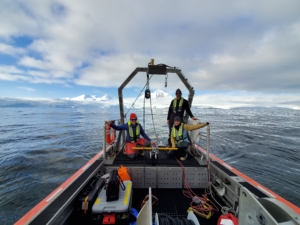
Getting to the Poles for a first hand learning experience can be expensive and challenging. Fortunately, there are a number of scientific instruments deployed in the Polar Regions that are collecting data and sharing it to the Internet is increasing every year. Learners can virtually explore the Polar Regions by using these data observations to understand understanding of the physical changes- like declining ice, and biological changes – such as changing penguin populations on the Western Antarctic peninsula.
Check out this collection of interactive data experiences for learners designed to encourage curiosity about the Poles while practicing important data skills, and building data literacy. While not an all-encompassing collection, these resources have focused on data literacy and skills building (Hotaling et al 2018). Please let us know if there is a curated resource that you would like to add to our PL site.
Polar Data Resources
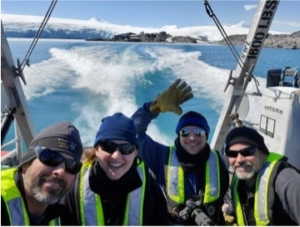 |
Polar Explorer Adventures Meet polar researchers and join them on a scientific adventure! Pack your bags and visit the Polar Regions, both the Arctic and Antarctic, and work with researchers to learn how collecting and using scientific data helps us understand and solve environmental problems. |
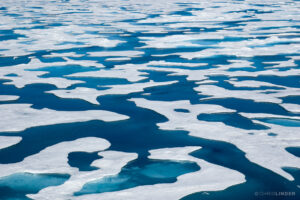 |
Polar Data Stories Created by the Polar ICE project to engage learners in open-ended data focused narratives. Stories are told from the perspective of polar researchers and are designed to help learners ask questions and engage in interactive visualizations. |
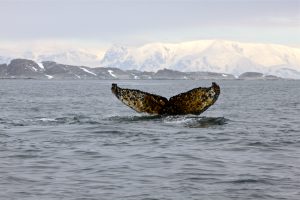 |
Whale Data Nuggets Free classroom activities, co-designed by scientists and teachers, designed to bring contemporary research and authentic data into the classroom. This Nugget focuses on whale research through the Long term Ecological Research Program at Palmer Station. |
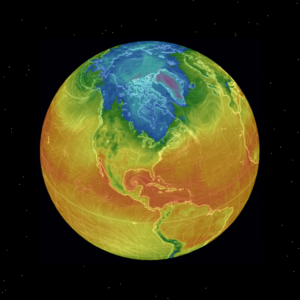 |
Fluid Earth Viewer (FEVer) An interactive educational tool to explore Earth’s Polar Regions, atmospheric phenomena, and oceanographic conditions. |
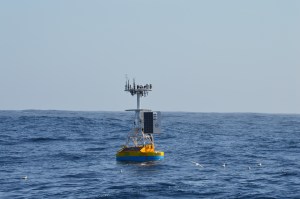 |
Ocean Data Labs Interactive Data Explorations and Python Data Lab Notebooks use authentic data from the NSF Ocean Observing Initiative (OOI). There are several data activities from Station Papa, Southern Ocean. |
 |
I.D. Antarctica Students are encouraged to help identify some of the amazing marine organisms that live in Antarctica! Youth will learn how to use a dichotomous key and will receive at home challenges to explore and discuss. Andrew Corso, a PhD candidate with the Long-term Ecological Research Program (LTER) at Palmer Station, developed these resources for use by 5-8th grade youth. |
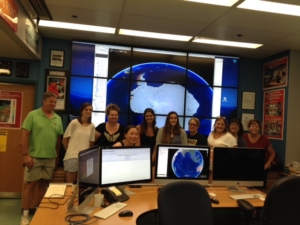 |
Polar ICE Science Investigations (Sci-I) Project with Student Polar Research Symposium The project is designed to increase educator and student skills in designing and conducting open-ended science investigations as well as analyzing and interpreting online data in alignment with Next Generation Science Standards (NGSS) through the lens of polar science. The Sci-I Project focuses on students in grades 6-9 and on broadening participation in STEM. The project (2015-2018) focused on partnering with school districts that serve communities that are predominately underserved in STEM. |
  |
SWARM SWARM is studying how physical circulation structures the ecology of the penguins living in vicinity of the Palmer Station. The SWARM team developed a professional development program for educators and a series of data dispatches for middle and high educators and students to engage in the real-world polar research. |
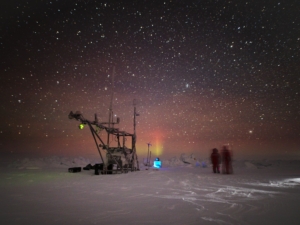 |
MOSAiC The MOSAiC expedition brings a modern research icebreaker close to the north pole for a full year including for the first time in polar winter. There are lots of videos and lesson plans using real data. |
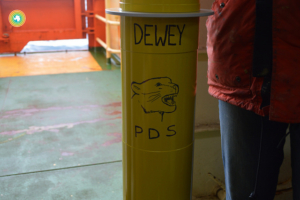 |
SOCCOM Adopt a Float This site has opportunities for elementary- and secondary-aged students to engage directly with scientists and learn about their research by naming and tracking SOCCOM floats. |

